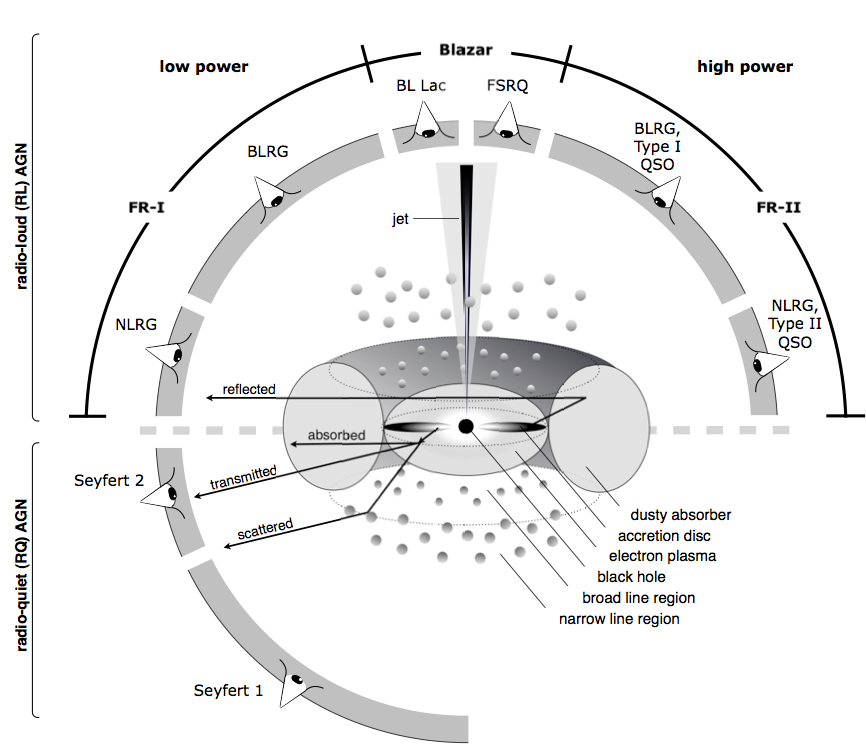Active galactic nuclei in the MeV domain
Many of the Active Galactic Nuclei (AGN) emit most energy in the MeV domain. This is not only true for blazars, in which a relativistic jet is pointing at the observer, but also for the newly detected class of gamma-ray bright non-blazar sources, like Fermi/LAT detected star burst galaxies and radio galaxies. So far, a dozen AGN have been detected in the MeV range. A deeper survey in this domain will provide a rich sample of more than 1000 AGN. This will allow to determine the energy output of AGN, will constrain the physics involved in blazars and other MeV emitting AGN, and possibly also detect radio quiet Seyfert galaxies (i.e. supposedly non-beamed sources). Doubtlessly the jump from now 14 known AGN in the MeV range to more than 1000 extragalactic sources will provide the potential for unexpected discoveries, but at the same time a rich science outcome is guaranteed. The survey will also provide an unprecedented view on the extragalactic gamma-ray background and the AGN sample will give insight into what dominates this background.
Required instrument performances:
In order to detect more than 1000 AGN in a five-year mission, the following parameters are required
 Sketch of the basic ideas of the unified AGN model. Credit: Beckmann & Shrader (2012). |
Required instrument performances:
In order to detect more than 1000 AGN in a five-year mission, the following parameters are required
| Performance parameter | Goal value | Remarks and notes |
| Field-of-view | ~ 2 sr | |
|
Angular resolution (FWHM, deg) |
1 – 2 | This allows to distinguish gamma-ray sources. If identification with optical counterpart (without further information) is the goal, then this should be rather 0.1 – 0.2 degrees. |
|
Spectral resolution (ΔE/E @ Energy) |
0.1 @ 1 MeV | To determine spectral shape |
|
Line sensitivity (@ Energy) (cm-2 s-1, 3σ, 1 Ms) |
--- | No lines expected in AGN spectra |
|
Continuum sensitivity (in which energy band?) (cm-2 s-1 keV-1, ΔE=E, 3σ, 1 Ms) |
5×10-8 | For the survey science, the product of field of view and sensitivity is crucial, thus a larger field of view would then require a less sensitive instrument |
| Timing performances | ---- | |
|
Polarimetric capability (Minimum Polarization Fraction for a Crab source in 1 Ms) |
--- |
Polarization is not the major science driver. |
| Real-time data? | --- |
 AstroMeV
AstroMeV